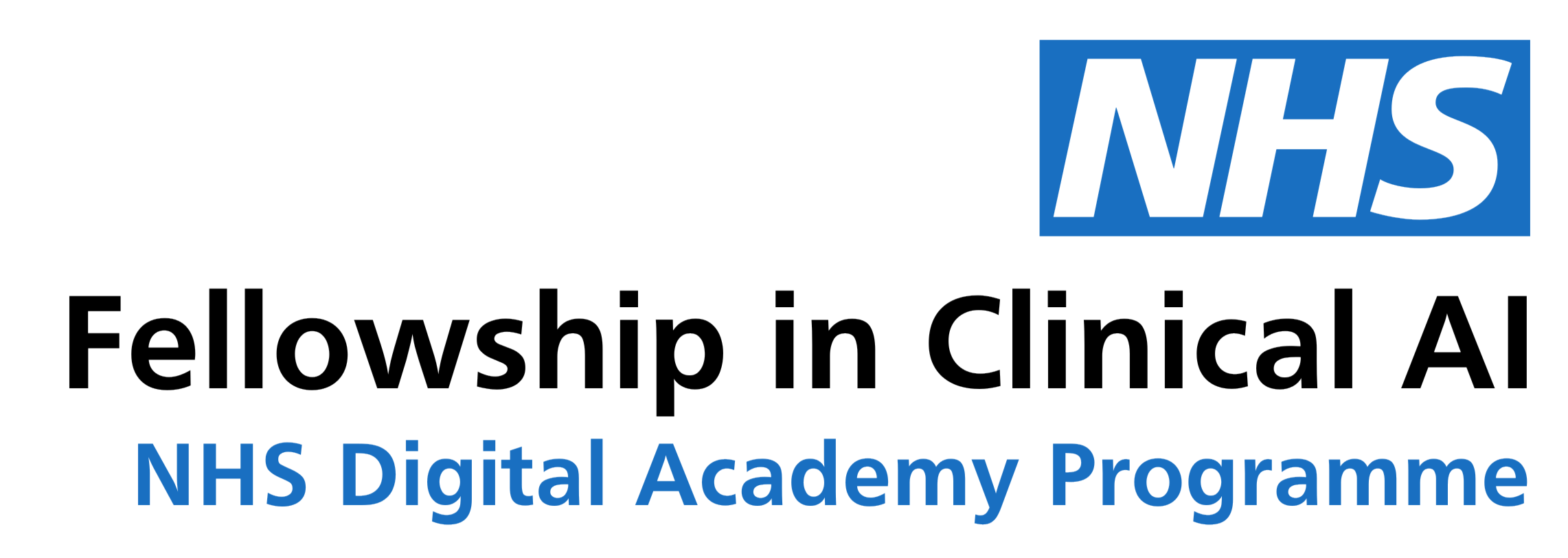
Aoife Fox
Fellow in Clinical AI, Cohort 3
Fellowship Bio
Emergency Medicine doctor (adult and paediatric) focused on ensuring that AI tools are practical, effective, and add real value to patients and frontline clinicians. The fellowship has given me experience in the development and the implementation of AI technologies in healthcare.
Fellowship Project
ScaphX: AI-Assisted Scaphoid Fracture Detection on Wrist X-ray
Guy’s and St Thomas’ NHS Foundation Trust
Scaphoid fractures are commonly missed injuries on X-rays. Delayed or missed diagnoses can lead to serious long-term complications. Our project aimed to develop an AI tool to assist clinicians in identifying scaphoid fractures on plain radiographs, improving early detection and reducing reliance on more expensive imaging like MRI or CT. I provided clinical input throughout the project to ensure the tool was grounded in real-world practice. I led the clinical classification of thousands of wrist X-rays using radiology reports, designed inclusion and exclusion criteria, and supported data quality assurance through manual review. I also advised on how best to structure the AI output—such as heatmaps—for clinician interpretation, and contributed to shaping the tool’s intended use case in acute care settings. We built and internally validated a multi-stage convolutional neural network (CNN) pipeline that mimics clinical reasoning. The first model identifies the scaphoid region on the image, the second detects obvious fractures, and the third focuses on more subtle or occult fractures that are easily missed. A high-quality training dataset was curated, with over 10,000 X-rays. The next phase includes evaluating the model using real-world patient data from Guy’s and St Thomas’ NHS Foundation Trust, through both retrospective and prospective testing. We will also refine model performance across patient subgroups to ensure fairness and generalisability. The long-term aim is to embed the tool into emergency care workflows, supporting faster and more accurate diagnosis of wrist injuries. By reducing reliance on MRI, the tool has the potential to improve patient experience and deliver cost savings to the health system.
Fellowship Testimonial
This fellowship has given me hands-on experience in both the development and implementation of clinical AI. I’ve gained a deeper understanding of the many components required to deliver meaningful change—technical infrastructure, data quality, clinical validation, regulatory considerations, and the importance of stakeholder engagement. I’ve also had the opportunity to present AI work and speak to Emergency Medicine colleagues at national conferences about the potential of AI in our specialty. What I enjoyed most was working alongside a multidisciplinary team of clinicians, data scientists, and engineers, all united by the goal of improving patient care. I’ve learnt how to critically evaluate AI tools and implement them in ways that are clinically safe, ethical, and practical. Seeing the ScaphX project evolve from a two-stage model to a refined three-stage pipeline during my time on the project has been hugely rewarding. It offered valuable insight into how clinical AI tools are improved, guided by real-world needs, expert feedback, and testing. In parallel, I also supported the deployment of a commercial AI tool at another NHS hospital—an experience that reinforced the impact these technologies can have in live settings. I look forward to continuing my involvement with both the ScaphX project and the AI fairness working group beyond the fellowship. In 2026, I will complete training and take up a consultant role in Emergency Medicine. I’m keen to act as an advocate for effective, user-centred AI in the emergency department—where the need is high and the potential to improve patient flow, diagnostic accuracy, and equity of care is significant. This fellowship has equipped me with the skills, insight, and network to help make that vision a reality.


